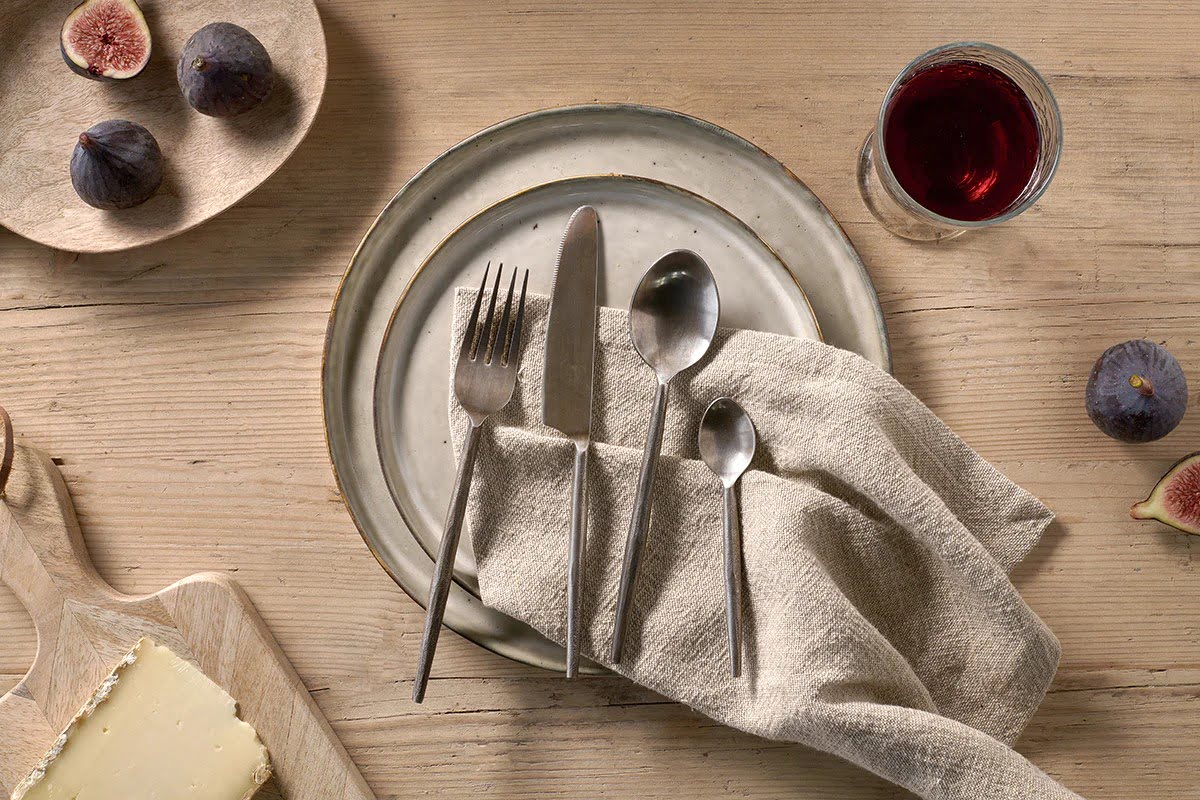

Tableware
Best Practices For Handling Tableware
Modified: January 19, 2024
Discover the best practices for handling tableware to ensure its longevity and cleanliness. Take care of your tableware with proper maintenance and cleaning techniques.
(Many of the links in this article redirect to a specific reviewed product. Your purchase of these products through affiliate links helps to generate commission for Storables.com, at no extra cost. Learn more)
Introduction
Welcome to our comprehensive guide on best practices for handling tableware. Whether you’re a restaurant owner, a hospitality professional, or simply a tableware enthusiast, understanding how to properly handle and care for your tableware is crucial. Proper tableware handling not only ensures the longevity and beauty of your items but also guarantees the safety and satisfaction of your guests.
Tableware refers to the dishes, utensils, and serving pieces used in dining settings. It plays a significant role in creating an enjoyable dining experience, as it not only serves functional purposes but also adds aesthetic value to the table.
In this article, we will cover the importance of proper tableware handling and provide you with a comprehensive set of best practices for cleaning, storing, transporting, and serving tableware. By following these guidelines, you can maintain the integrity of your tableware collection and make a lasting impression on your guests.
Key Takeaways:
- Proper tableware handling is crucial for hygiene, longevity, and guest satisfaction. Following best practices for cleaning, storing, transporting, and serving ensures a delightful dining experience and showcases the elegance of tableware.
- By implementing best practices for tableware handling, you can maintain its beauty, functionality, and sustainability. Proper cleaning, storage, transportation, and serving elevate the dining experience and leave a lasting impression on guests.
Read more: What Is The Best Tableware?
Importance of Proper Tableware Handling
Proper tableware handling is essential for several reasons. Firstly, it ensures the hygiene and cleanliness of the items, which is crucial in any dining or food service establishment. Dirty or unsanitary tableware can pose health risks and tarnish the reputation of your business.
Secondly, proper handling helps to preserve the quality and longevity of the tableware. Many tableware pieces are made from delicate materials such as porcelain or glass, which can be easily damaged if not handled with care. By following best practices, you can minimize the risk of breakage, scratches, and other forms of damage.
Thirdly, proper tableware handling contributes to the overall dining experience. The presentation of the tableware sets the tone for the meal and influences the perception of the food being served. Guests appreciate dining in an environment where attention is paid to every detail, including the condition and presentation of the tableware.
Furthermore, handling tableware properly promotes sustainability. By taking care of your tableware and extending its lifespan, you reduce the need for frequent replacements, which in turn minimizes waste.
Lastly, proper tableware handling reflects professionalism and attention to detail. Whether you’re hosting a formal event, running a restaurant, or entertaining guests at home, showcasing well-maintained and properly handled tableware elevates the overall dining experience and leaves a positive impression.
Now that we understand the importance of proper tableware handling, let’s dive into the best practices for cleaning, storing, transporting, and serving tableware.
Best Practices for Cleaning Tableware
Cleaning tableware properly is essential for maintaining hygiene and preserving the quality of your items. Follow these best practices to ensure your tableware is sparkling clean:
- Pre-rinse: Before loading tableware into the dishwasher or sink, rinse off any excess food particles to prevent them from sticking to the dishes.
- Sort by material: Separate tableware based on the material it’s made of, such as porcelain, glass, stainless steel, or silver. This allows you to choose the appropriate cleaning method for each type of tableware.
- Use mild detergent: Choose a mild, non-abrasive detergent specifically formulated for tableware. Avoid using harsh chemicals or abrasive cleaners, as they can damage the surface of the items.
- Handwashing delicate pieces: Delicate or valuable tableware items, such as fine china or crystal glasses, should be hand washed using warm water and a gentle dish soap. Use a soft sponge or cloth to clean these items, and be cautious when handling to avoid accidental breakage.
- Dishwasher safety: If using a dishwasher, load the tableware properly to prevent damage. Place items securely in the designated racks, avoiding overcrowding. Ensure that delicate pieces, such as wine glasses or fine china, are placed securely in the top rack or on glassware protectors.
- Stain removal: For stubborn stains, try using a paste made of baking soda and water. Apply the paste to the stained area, let it sit for a few minutes, and then gently scrub with a soft brush or sponge. Rinse thoroughly afterwards.
- Drying methods: Allow tableware to air dry whenever possible. If hand drying, use a lint-free cloth to avoid leaving fibers on the dishes.
- Inspect before storing: Before putting tableware away, inspect each item to ensure it’s completely clean and free of any stains or residue.
Following these cleaning best practices will help keep your tableware looking its best, prolong its lifespan, and ensure the safety of those using it.
Best Practices for Storing Tableware
Proper storage of tableware is crucial for maintaining its quality, preventing damage, and ensuring a smooth dining experience. Follow these best practices to store your tableware effectively:
- Organize by type: Separate your tableware by type, such as plates, bowls, glasses, and utensils. This makes it easier to locate specific items when needed.
- Use protective dividers: Invest in quality dividers or stackable organizers to keep individual pieces separated and prevent scratching or chipping. This is particularly important for delicate materials like porcelain or glass.
- Avoid overcrowding: Avoid overcrowding when storing tableware to minimize the risk of breakage. Leave enough space between items to prevent them from knocking into each other.
- Store in a clean and dry environment: Choose a storage area that is clean, dry, and free from excessive humidity. Moisture can cause damage and promote the growth of mold or bacteria on your tableware.
- Consider display cabinets: If you have a collection of valuable or decorative tableware pieces, consider storing them in a display cabinet or glass-fronted hutch. This not only keeps them protected but also allows you to showcase their beauty.
- Protect silverware: To prevent tarnishing, store silverware in a tarnish-resistant cloth or anti-tarnish pouch. Avoid using plastic wraps or bags, as they can trap moisture.
- Label storage containers: Label storage containers or shelves to easily identify the contents and ensure efficient organization. This is particularly helpful if you have a large inventory of tableware.
- Rotate your inventory: If you have a large tableware collection, consider rotating your inventory to prevent items from being left untouched for extended periods. Regularly use different sets to evenly distribute wear and tear.
By following these best practices for storing tableware, you can keep your items in pristine condition, extend their lifespan, and make meal preparation and table setting a breeze.
When handling tableware, always hold glasses and cups by the stem or handle to avoid leaving fingerprints on the drinking surface. This also helps to maintain the cleanliness and appearance of the tableware.
Best Practices for Transporting Tableware
Transporting tableware requires careful handling to prevent damage or breakage. Whether you’re moving your tableware for a catering event, a party, or simply during a home renovation, follow these best practices to ensure a safe and smooth transportation process:
- Use sturdy containers: Choose strong and durable containers specifically designed for transporting tableware. Ensure that they have secure lids or covers to prevent any items from falling out or getting damaged.
- Wrap fragile items individually: For fragile items such as glassware or delicate plates, wrap them individually in soft packing materials, such as bubble wrap or foam sheets. This provides an extra layer of protection against impact during transportation.
- Secure items properly: Arrange the tableware items securely inside the containers, ensuring that they are not loose or moving around. Use dividers or padding materials to separate and cushion the items.
- Stack strategically: If you need to stack containers, place heavier ones at the bottom and lighter ones on top to prevent crushing or damage to the items inside.
- Label containers: Clearly label each container to indicate its contents and the fragility of the items inside. This helps movers or event staff handle the containers with care and ensures proper unpacking at the destination.
- Consider temperature-sensitive items: If transporting temperature-sensitive items such as hot food or chilled beverages, use insulated containers or coolers to maintain the desired temperature during the journey.
- Securely seal containers: Double-check that all containers are sealed tightly before transportation to prevent any spills, leaks, or damage to the tableware.
- Handle with care: When moving the containers, handle them with care and avoid sudden movements or jostling. If needed, use dollies or carts to ease transportation and reduce the risk of dropping or damaging the tableware.
- Unpack with caution: When reaching your destination, unpack the tableware containers with caution. Carefully remove each item and inspect for any damage that may have occurred during transportation.
By following these best practices for transporting tableware, you can ensure that your items arrive safely and in pristine condition, ready to serve and impress your guests.
Read also: 10 Best Faucet Handles for 2025
Best Practices for Serving Tableware
The way tableware is served can greatly enhance the dining experience and leave a positive impression on your guests. Follow these best practices for serving tableware to create a memorable and enjoyable meal:
- Proper table setting: Set the table with the appropriate tableware for each course. Use chargers or placemats as a base, followed by plates, cutlery, and glasses. Ensure that each place setting is evenly spaced and aligned.
- Consider the occasion: Tailor your choice of tableware to the occasion. For formal events, use fine china and silverware, while for casual gatherings, opt for more relaxed and versatile tableware.
- Serve from the correct side: When serving food or drinks, approach guests from their left side and serve from their right side. This is considered proper table service etiquette.
- Presentation matters: Take care in how you arrange and present the tableware. Ensure that plates and utensils are clean, polished, and free from fingerprints. Garnish dishes tastefully and use appropriate serving utensils for each item.
- Serve at the right temperature: Ensure that hot foods are served piping hot and cold foods are served chilled. Use warming or cooling trays and carriers, if necessary, to maintain the desired temperature.
- Serve with confidence: Approach guests with confidence and a warm demeanor when serving tableware. Provide recommendations or descriptions of the dishes and answer any questions your guests may have.
- Be attentive and responsive: Continuously monitor the table and promptly remove empty plates or glasses. Offer refills or additional servings when needed and respond to any requests or preferences expressed by your guests.
- Pace the meal: Serve each course in a timely manner, allowing adequate time for guests to enjoy each dish. Clear away dishes between courses to create a clean and organized dining experience.
- Safety first: When serving hot dishes or beverages, ensure that you use oven mitts or heat-resistant gloves to avoid burns. Properly secure and stabilize items when carrying or serving to prevent accidents or spills.
- Maintain professional appearance: As a server or host, ensure that you are well-groomed and dressed appropriately. A professional appearance adds to the overall experience and instills confidence in your guests.
By following these best practices for serving tableware, you can create a refined and enjoyable dining experience and leave a positive impression on your guests.
Conclusion
Properly handling tableware is an essential aspect of maintaining cleanliness, preserving quality, and creating a delightful dining experience. By following the best practices outlined in this guide, you can ensure that your tableware remains in pristine condition, impressing your guests and contributing to the success of your establishment or event.
From cleaning and storing to transporting and serving, each step in the tableware handling process plays a crucial role in maintaining hygiene, preventing damage, and enhancing the overall presentation. By pre-rinsing and using the appropriate cleaning methods, you can keep your tableware sparkling clean and safe for use. Storing tableware with care, organizing it properly, and avoiding overcrowding can extend its lifespan and prevent unnecessary damage. When transporting tableware, using sturdy containers, securing items correctly, and labeling containers can ensure a smooth and risk-free journey. And when it comes to serving, attention to detail, proper presentation, and attentive service can elevate the dining experience for your guests.
Remember, tableware is more than just functional tools for dining; it is an art form that adds beauty and sophistication to every meal. By treating your tableware with care and following these best practices, you can showcase its elegance, prolong its lifespan, and create unforgettable dining experiences.
So, whether you’re running a restaurant, hosting a special event, or simply enjoying a meal at home, remember the significance of proper tableware handling. By implementing these best practices, you can ensure the longevity, beauty, and functionality of your treasured tableware collection.
With a little extra care and attention, your tableware will continue to impress and delight for years to come.
Frequently Asked Questions about Best Practices For Handling Tableware
Was this page helpful?
At Storables.com, we guarantee accurate and reliable information. Our content, validated by Expert Board Contributors, is crafted following stringent Editorial Policies. We're committed to providing you with well-researched, expert-backed insights for all your informational needs.
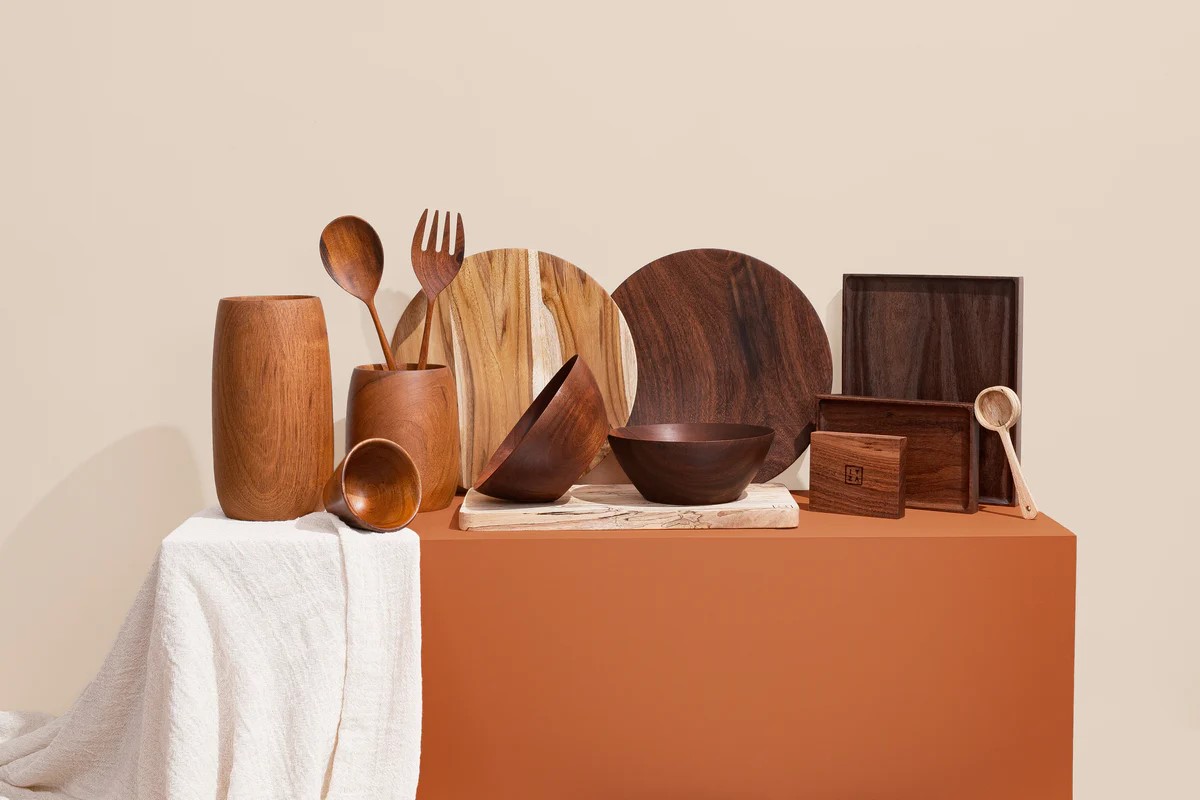
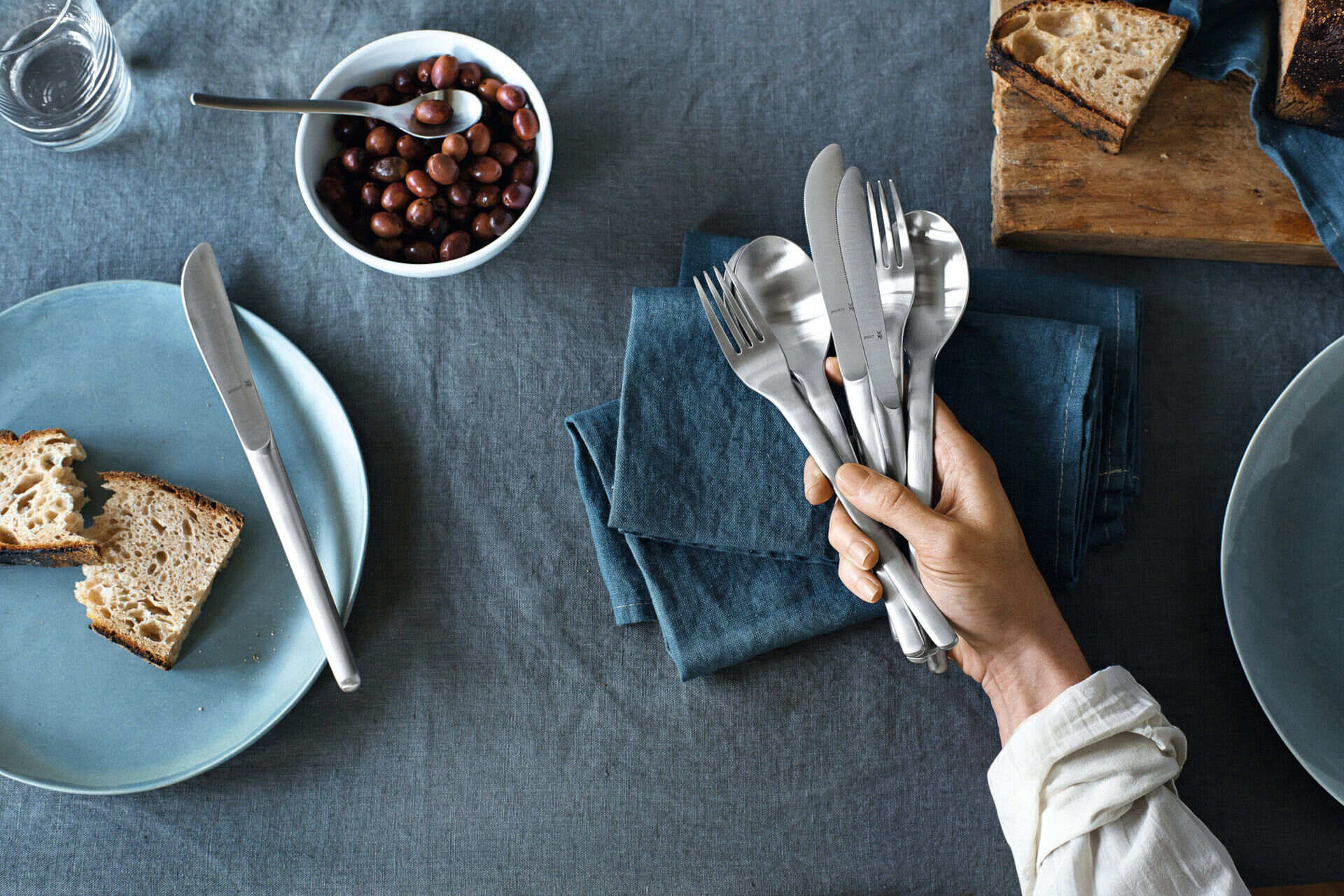
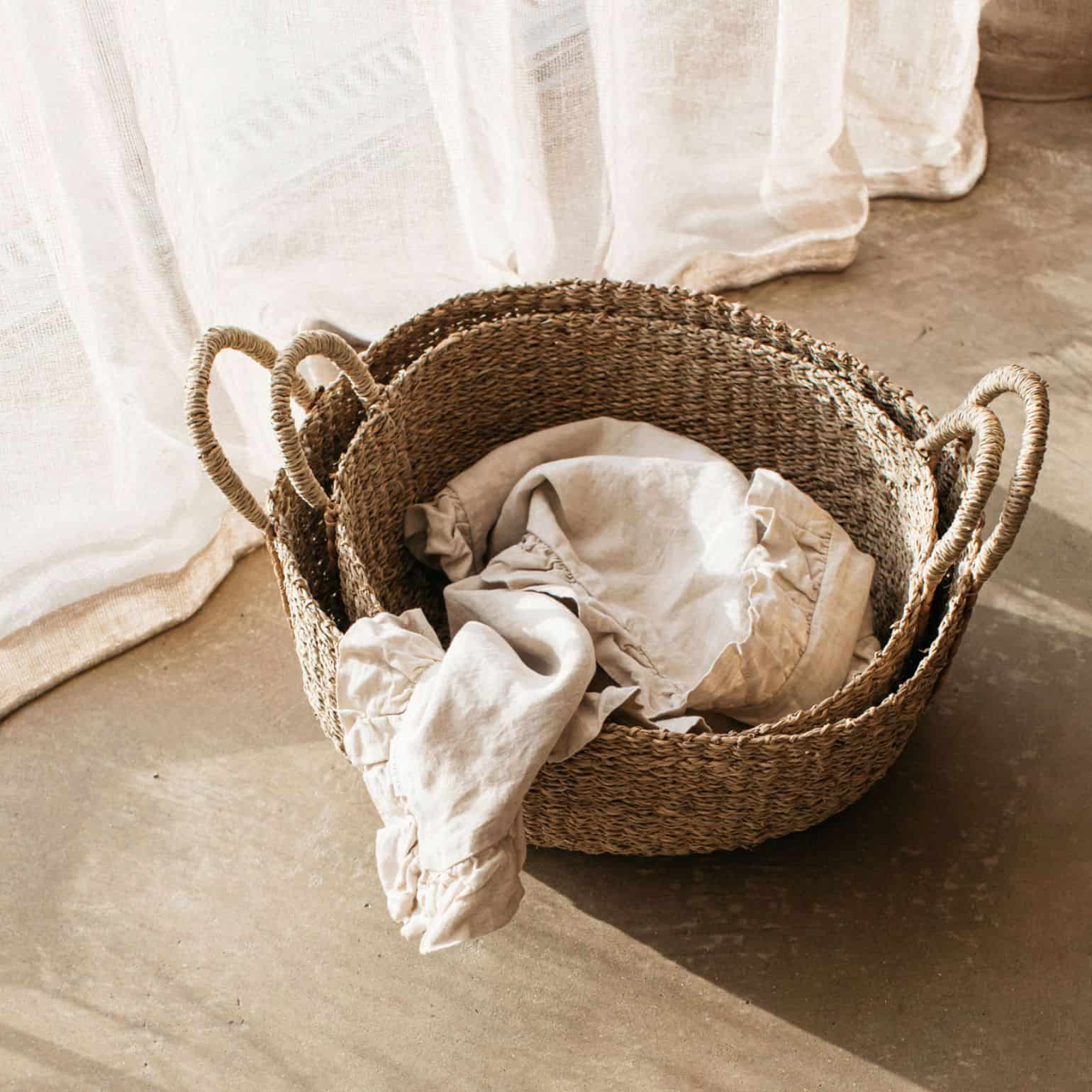
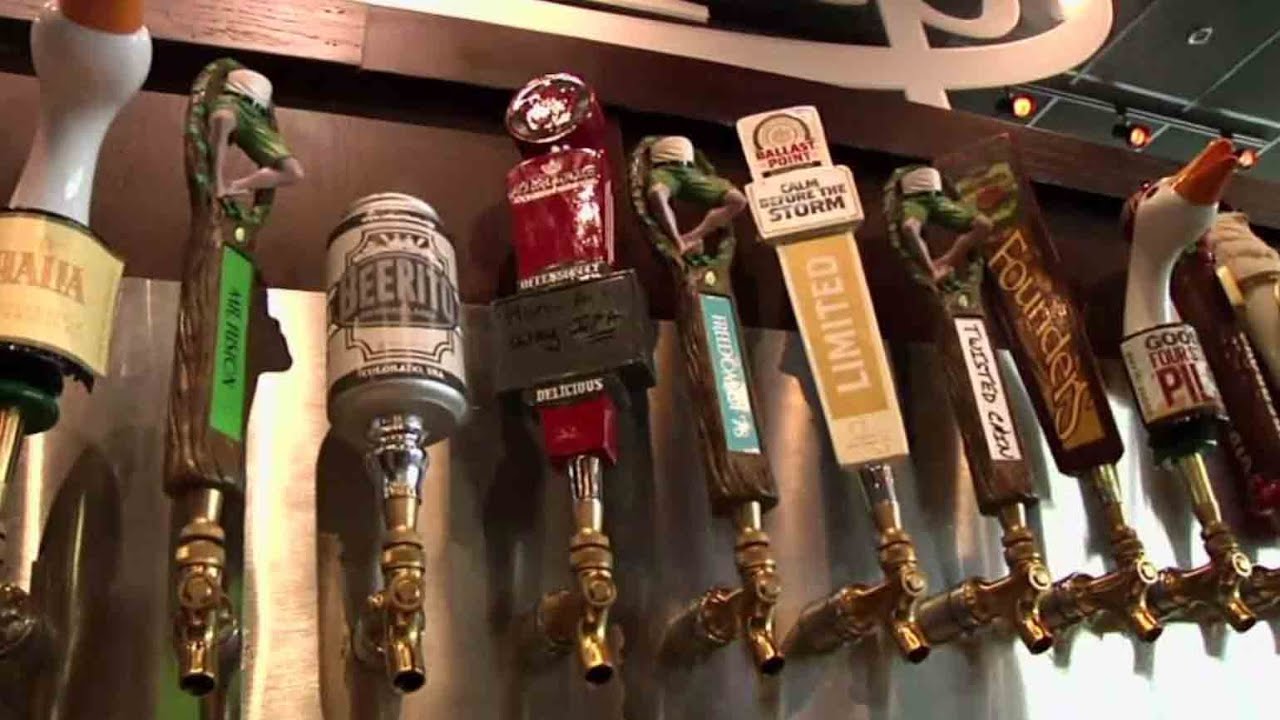
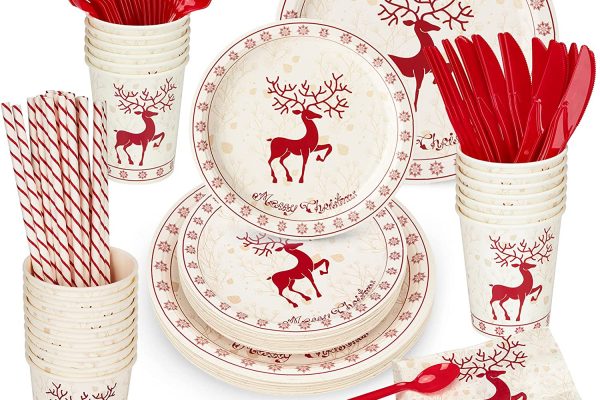
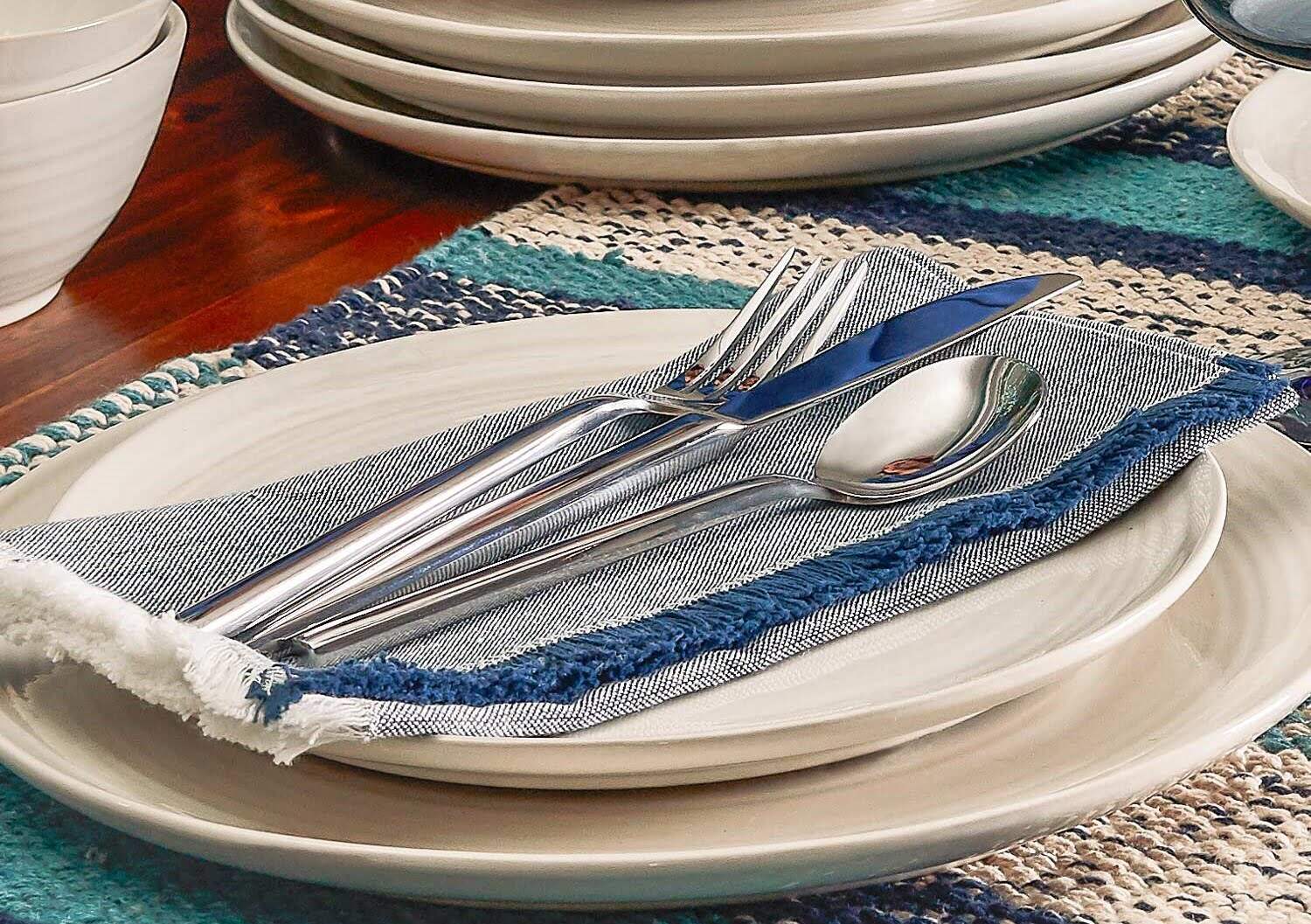
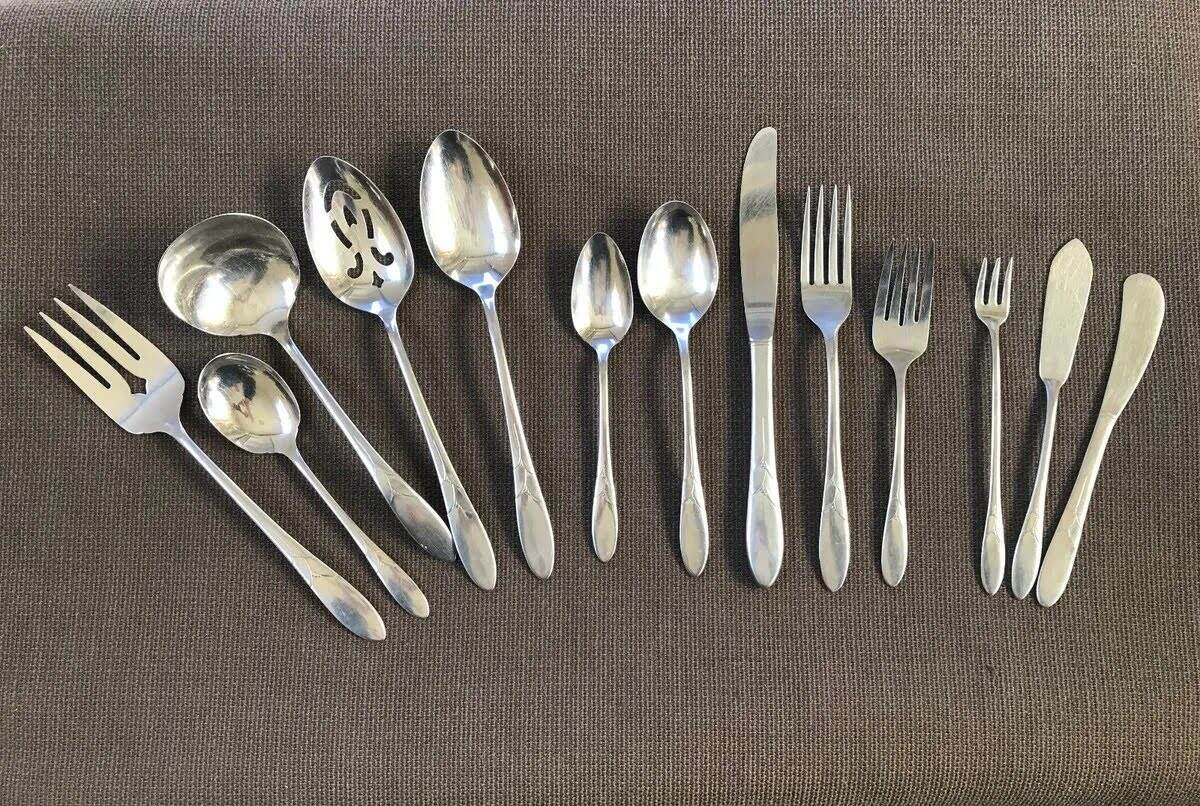
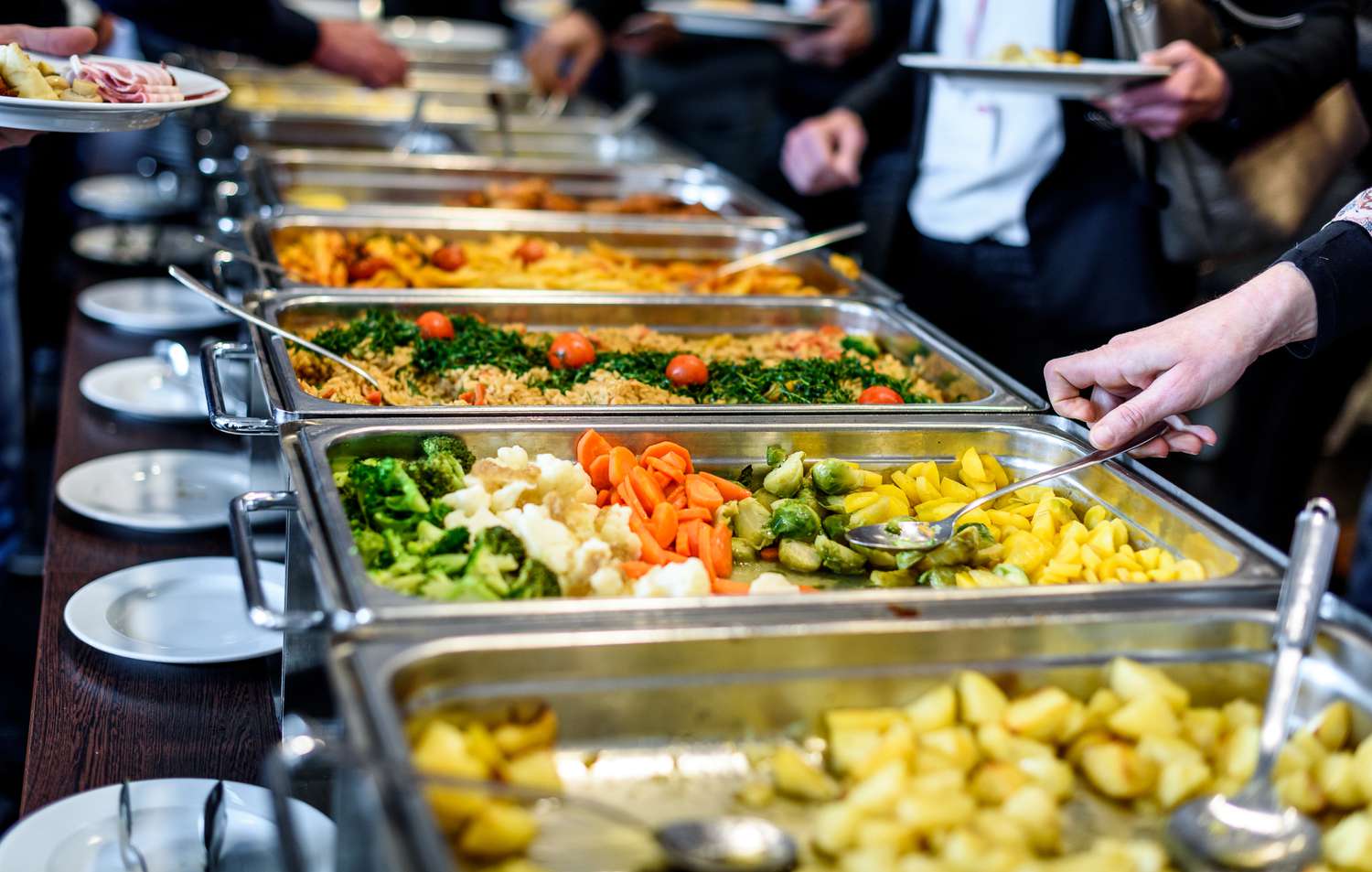
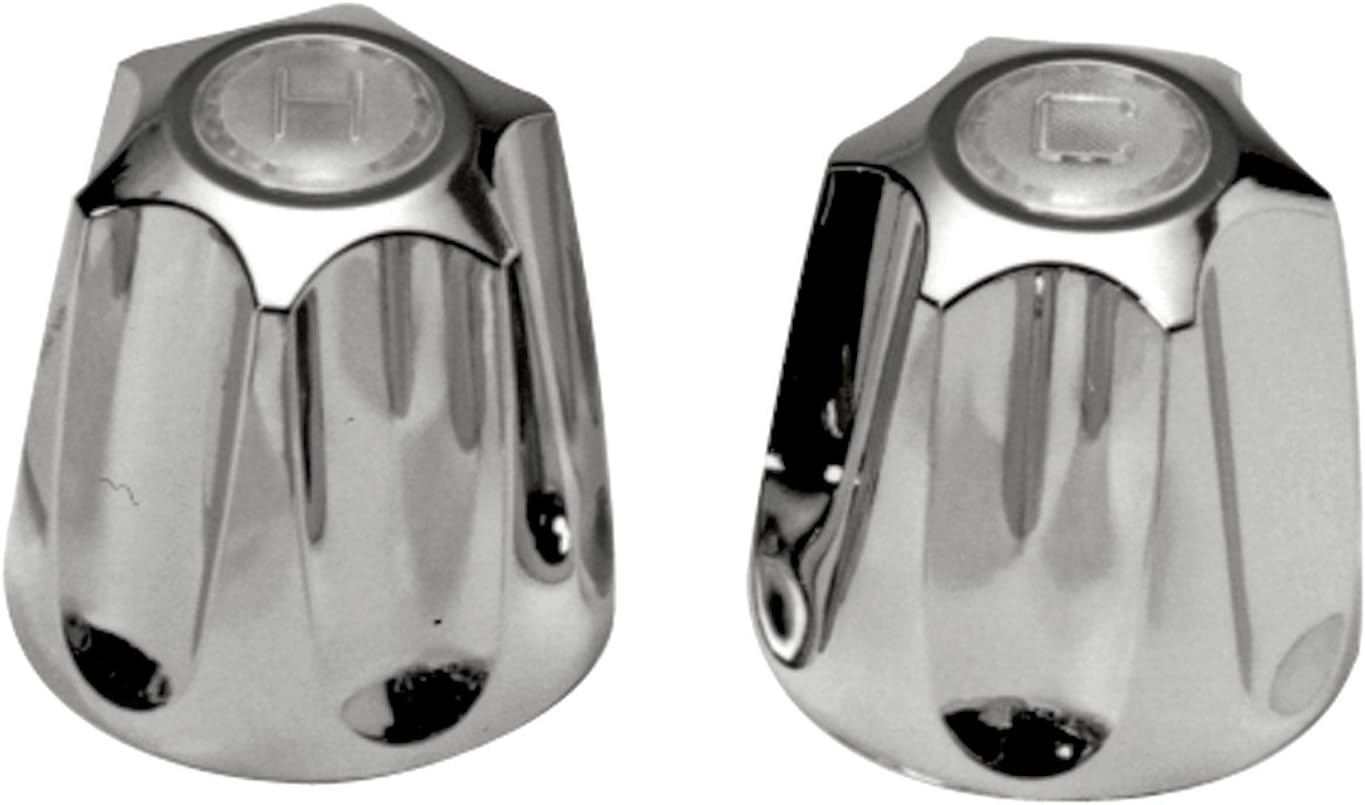
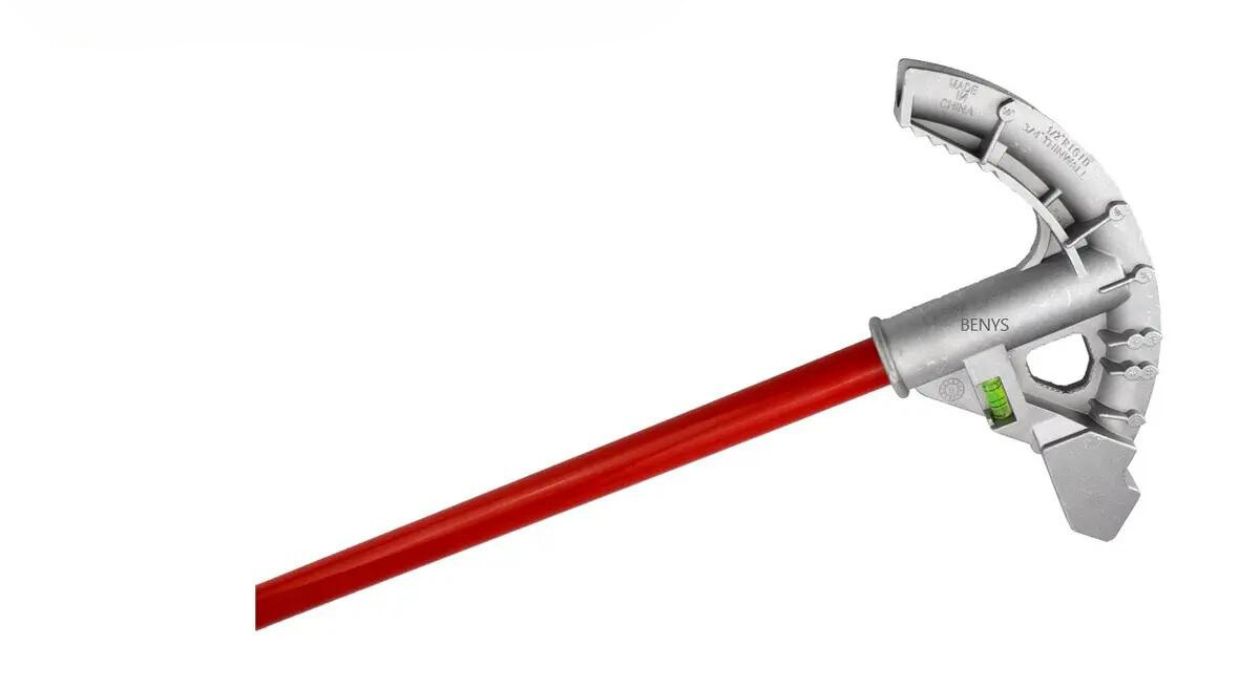
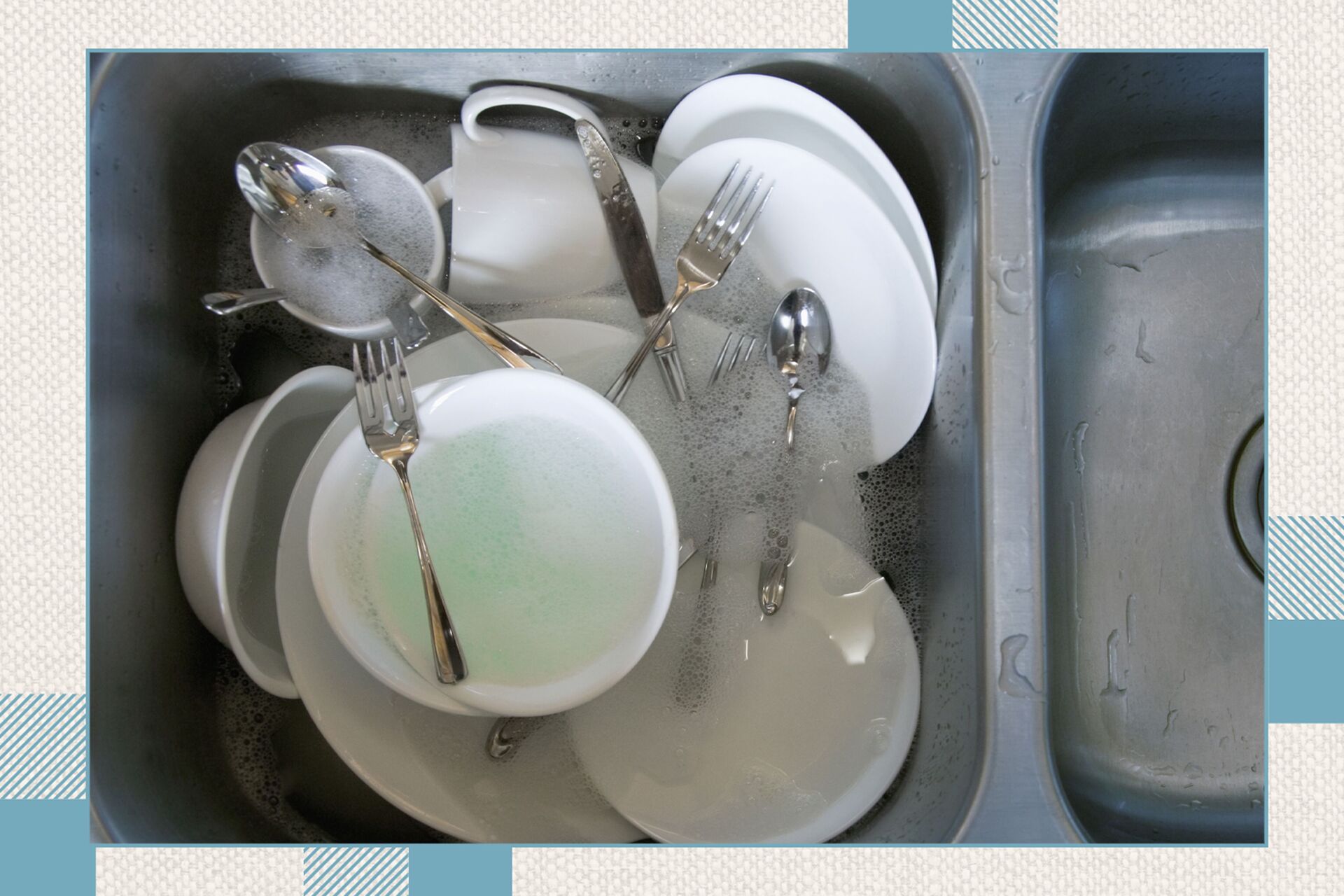
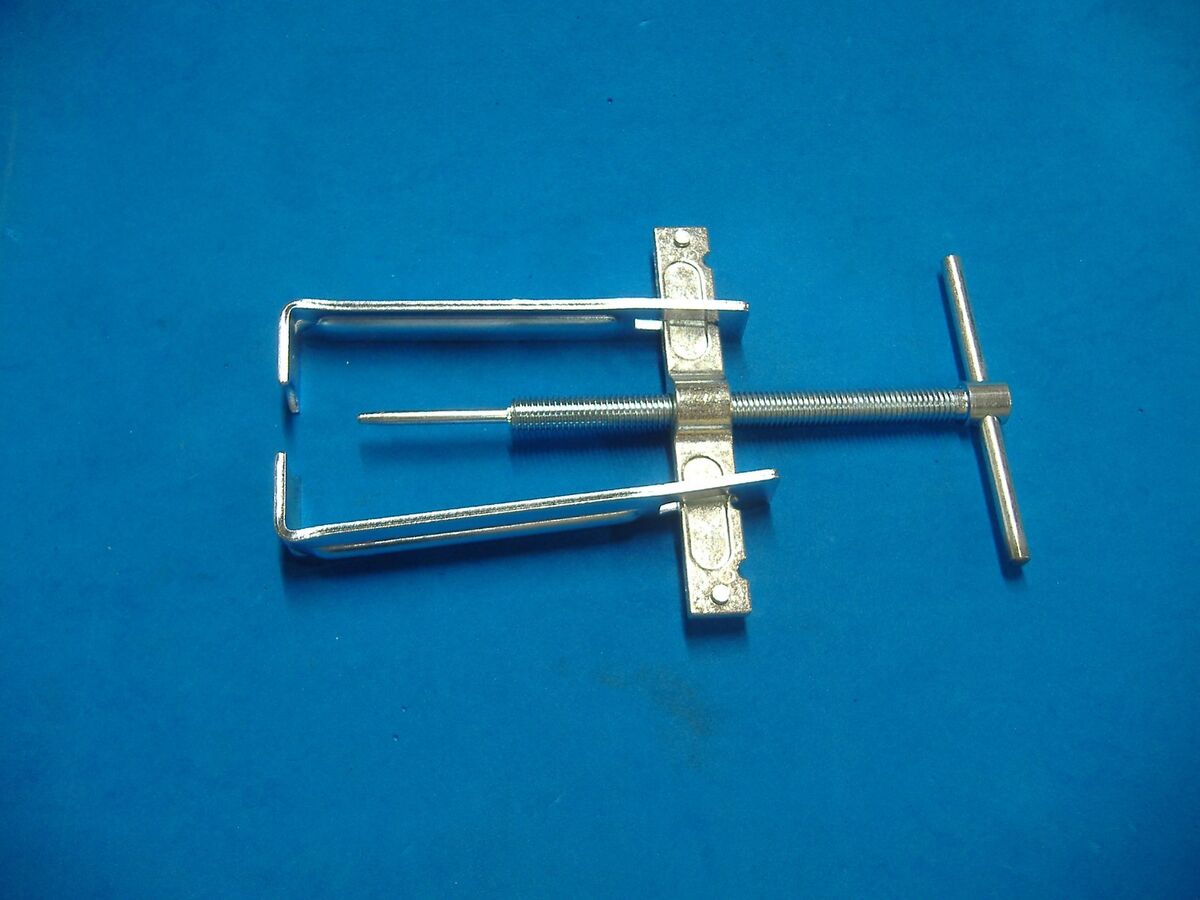
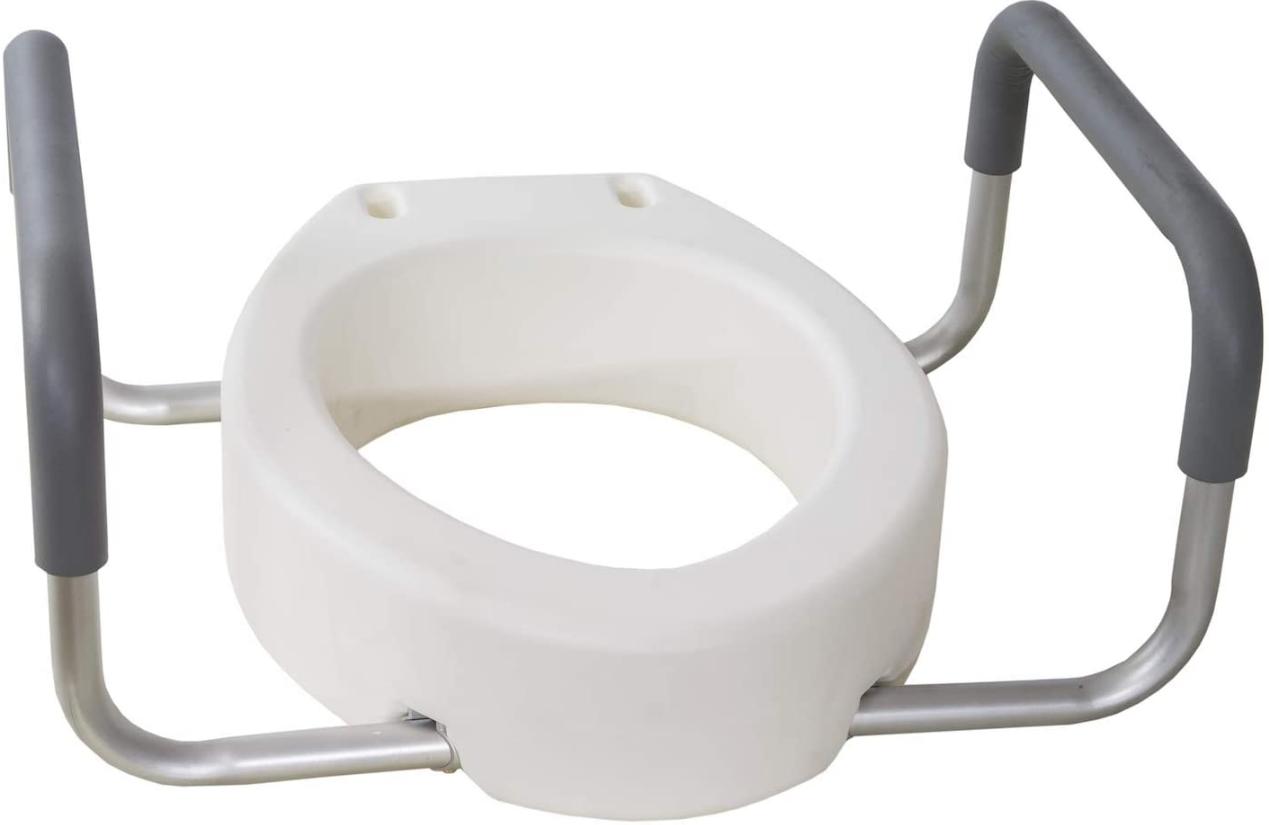
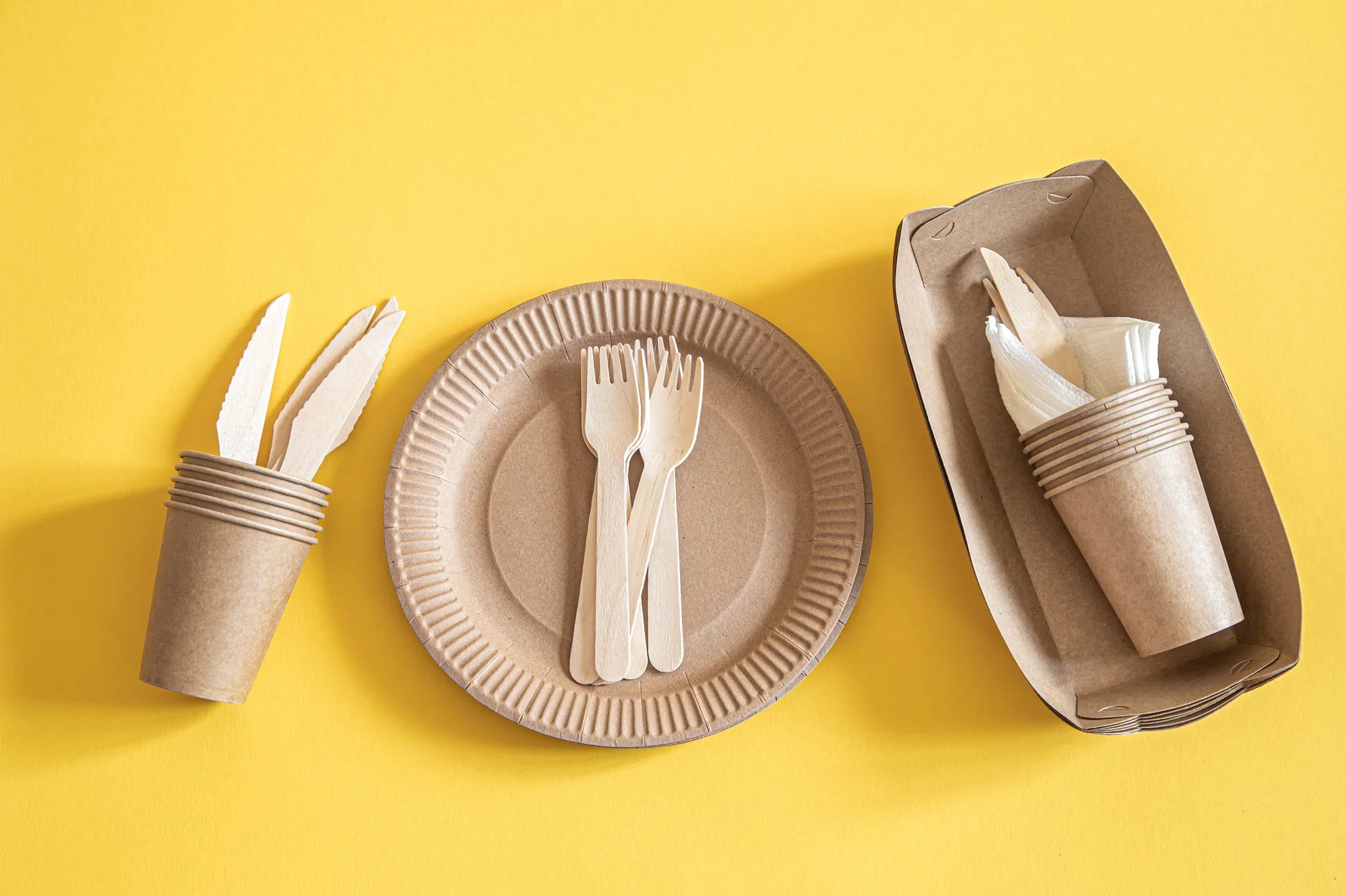

0 thoughts on “Best Practices For Handling Tableware”